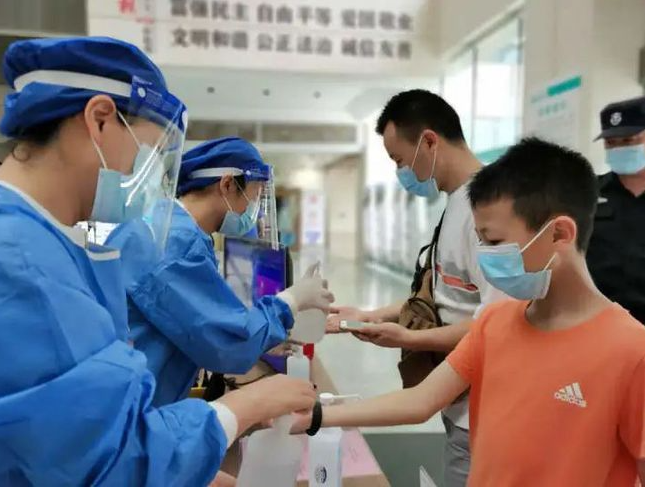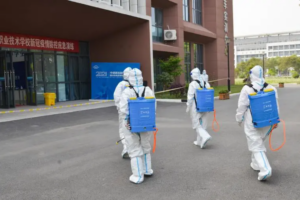
Is outbreak prevention and control being liberalized too quickly? How to prevent and control new strains? Official response
In response to the question of whether China’s epidemic prevention and control is being liberalized too quickly, Liang Wannian, head of the expert group of the leading group for the response to the new crown epidemic of China’s National Health and Wellness Commission, said in a media interview in Beijing on the 29th that the adjustment of China’s epidemic prevention and control policy is based on the judgment of three factors: the understanding of pathogens and diseases, the immunity level of the population and the resistance capacity of the health and health system, and social public health interventions, and that the adjustment is now appropriate and scientific The current adjustment is appropriate, scientific, and in accordance with the law, and is in line with China’s prevention and control reality.
Liang Wannian emphasized that China has been closely judging three factors since the beginning of the epidemic prevention and control in 2020: first, the understanding of pathogens and diseases, such as their virulence and danger; second, the immunization level of the population and the resistance capacity of the health health system, especially the prevention and control capacity and medical treatment capacity; and third, social public health interventions. In the face of a major epidemic, China has been considering these three aspects to achieve a state of effort and balance.
Liang Wannian said that around this basic theoretical framework and thinking, as people’s understanding of diseases and pathogens deepens, the population’s immunity level gradually builds up, and resistance resilience increases, China has continued to improve its treatment and prevention and control programs in response to the times and situations. From the nine versions of the prevention and control program since 2020, the 20 optimized measures, the “New Ten Rules,” to the adjustment to “Category B and B Control,” all reflect the results of China’s balancing of these three factors.
Liang Wannian said that this adjustment is not a complete let-go, but a more scientific and precise way to put resources into the most important prevention and control tasks and rescue tasks. “The question of how fast or slow this adjustment is, I think history will prove this, and we think the adjustment now is appropriate, scientific and in accordance with the law, and in line with the reality of prevention and control in China.”
In response to foreign statements that China does not provide genomic sequence data for viral strains, Wu Zunyou, chief epidemiologist at the CDC, responded that one of the main tasks of the CDC’s Institute for the Prevention and Control of Viral Diseases is to analyze, sequence, and report on viral strains nationwide.
He noted that when the earliest outbreak occurred in Wuhan, the CDC was the first to upload the gene sequence to the World Health Organization influenza sharing platform so that individual countries could develop diagnostic reagents and vaccines based on this gene sequence. Subsequently, Chinese outbreaks were mainly imported from outside the country to cause local transmission within China, and each time the CDC captured a new strain it was promptly uploaded.
“Including this wave of the epidemic, there are nine Omicron strains prevalent in China, and these results have been shared with the World Health Organization, so there is no secrecy in China, and all the work is shared with the world.” Wu Zunyou said.
Talking about how to prevent and control new strains in the future, Liang Wannian said that China is very concerned about monitoring pathogenic variants and also actively participates in global pathogen surveillance efforts. Once new variants are found, or mutations lead to changes in viral pathogenicity, transmission and virulence, China will promptly inform the World Health Organization and make corresponding optimization and adjustments in prevention and control programs, medical treatment and other aspects.


Average Rating